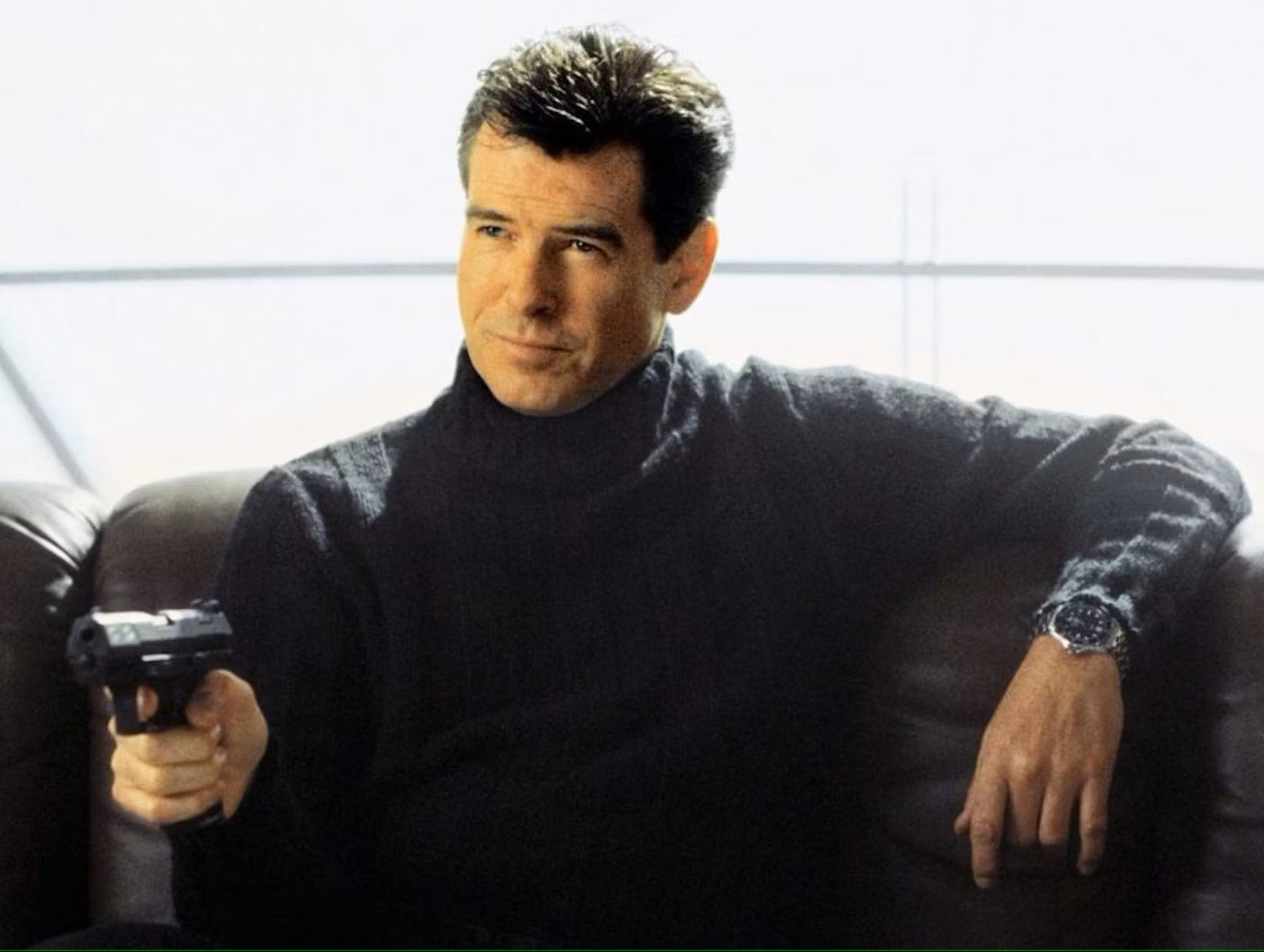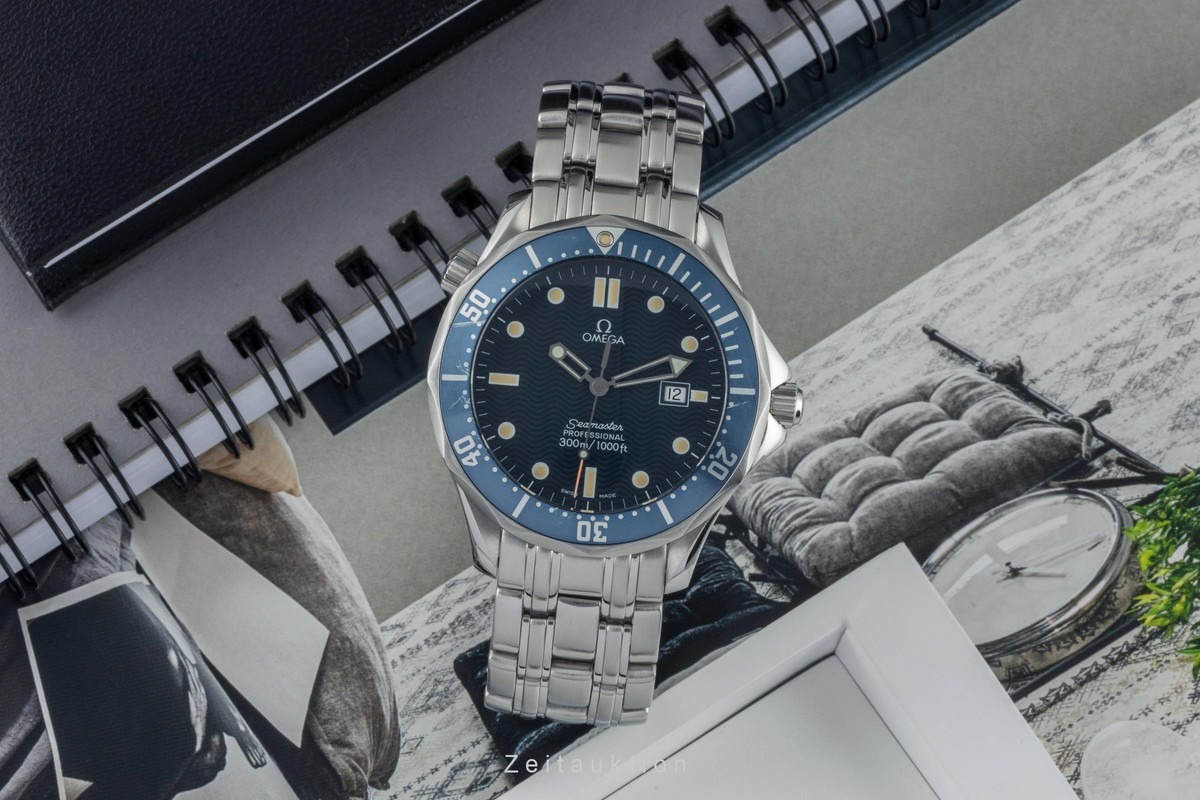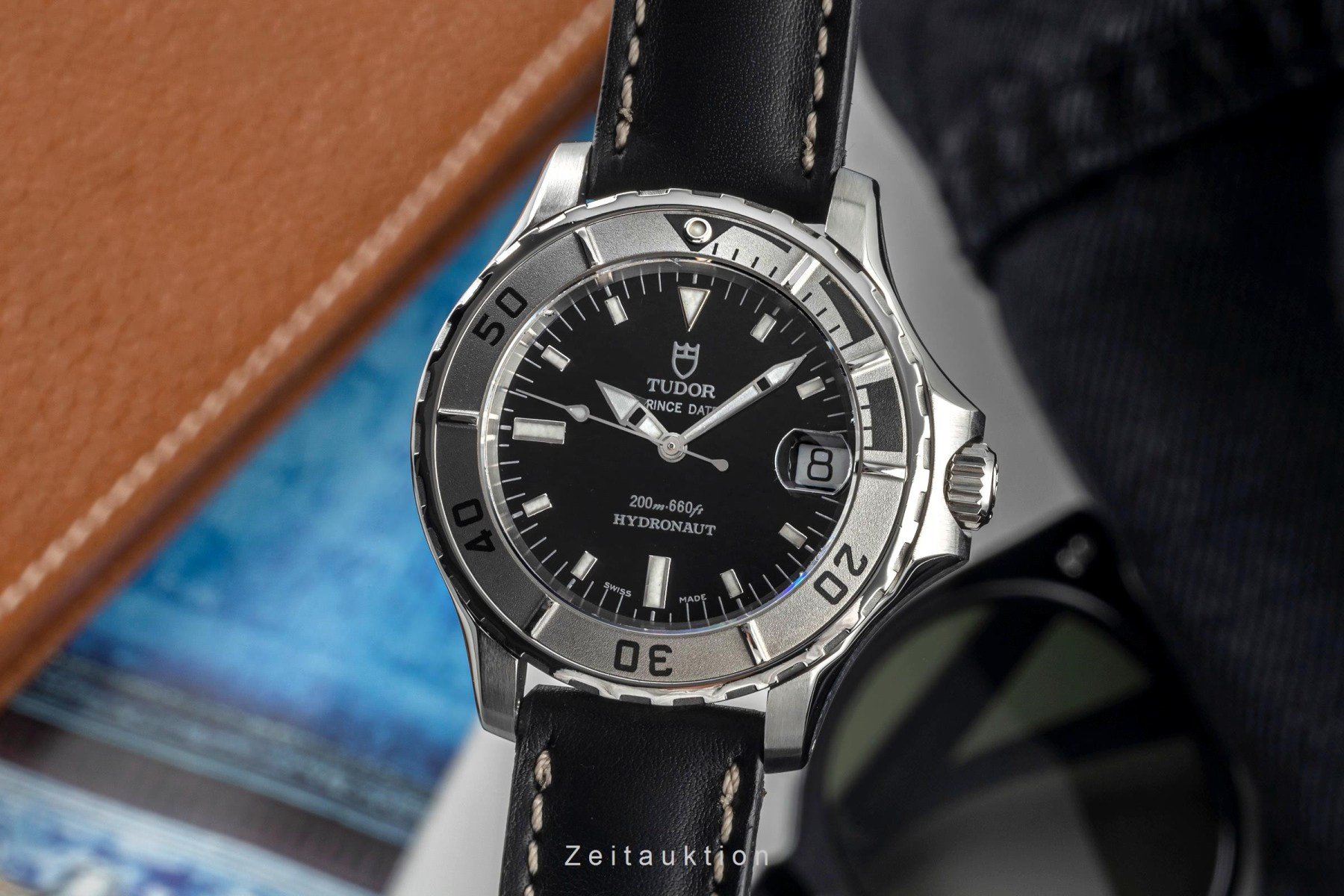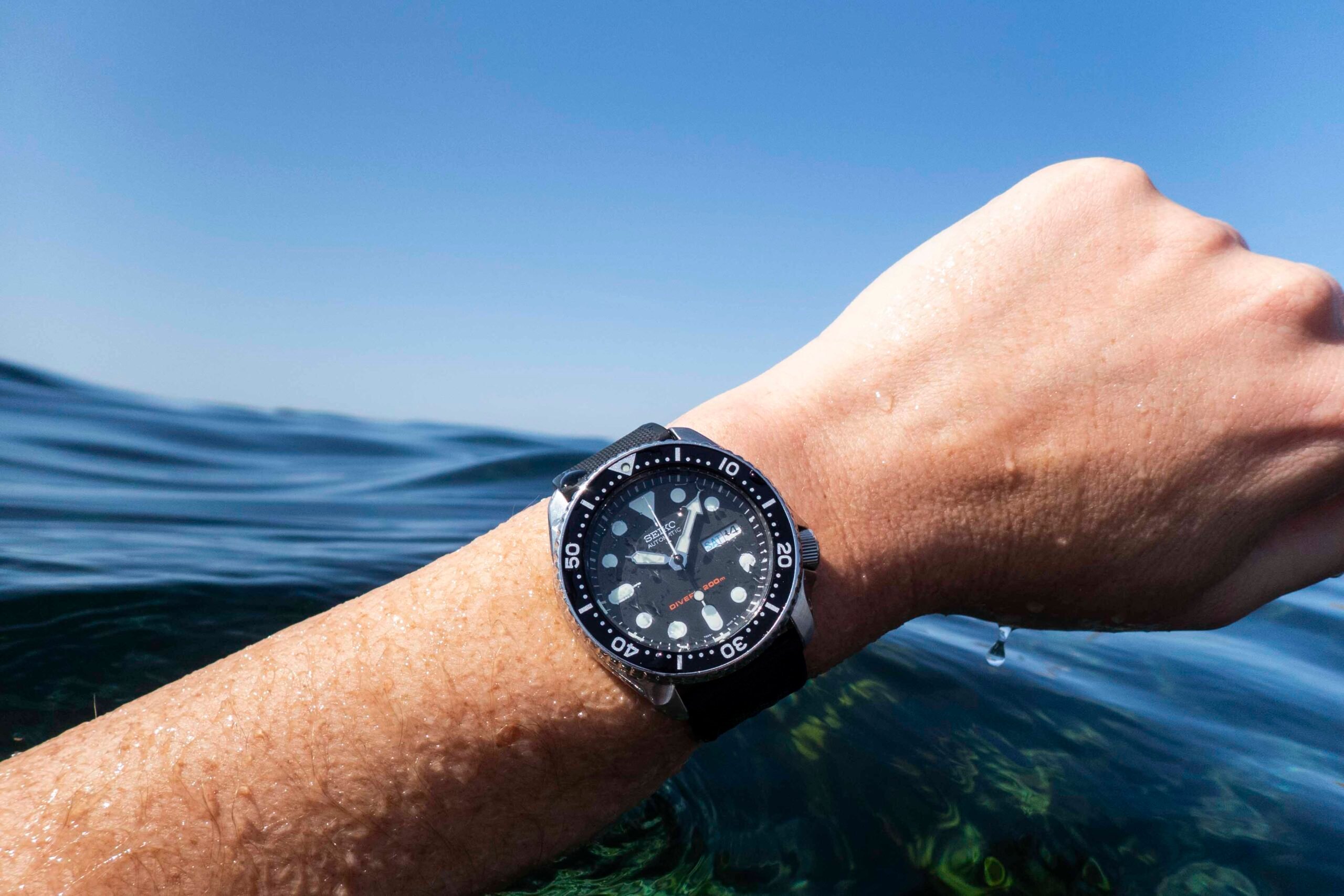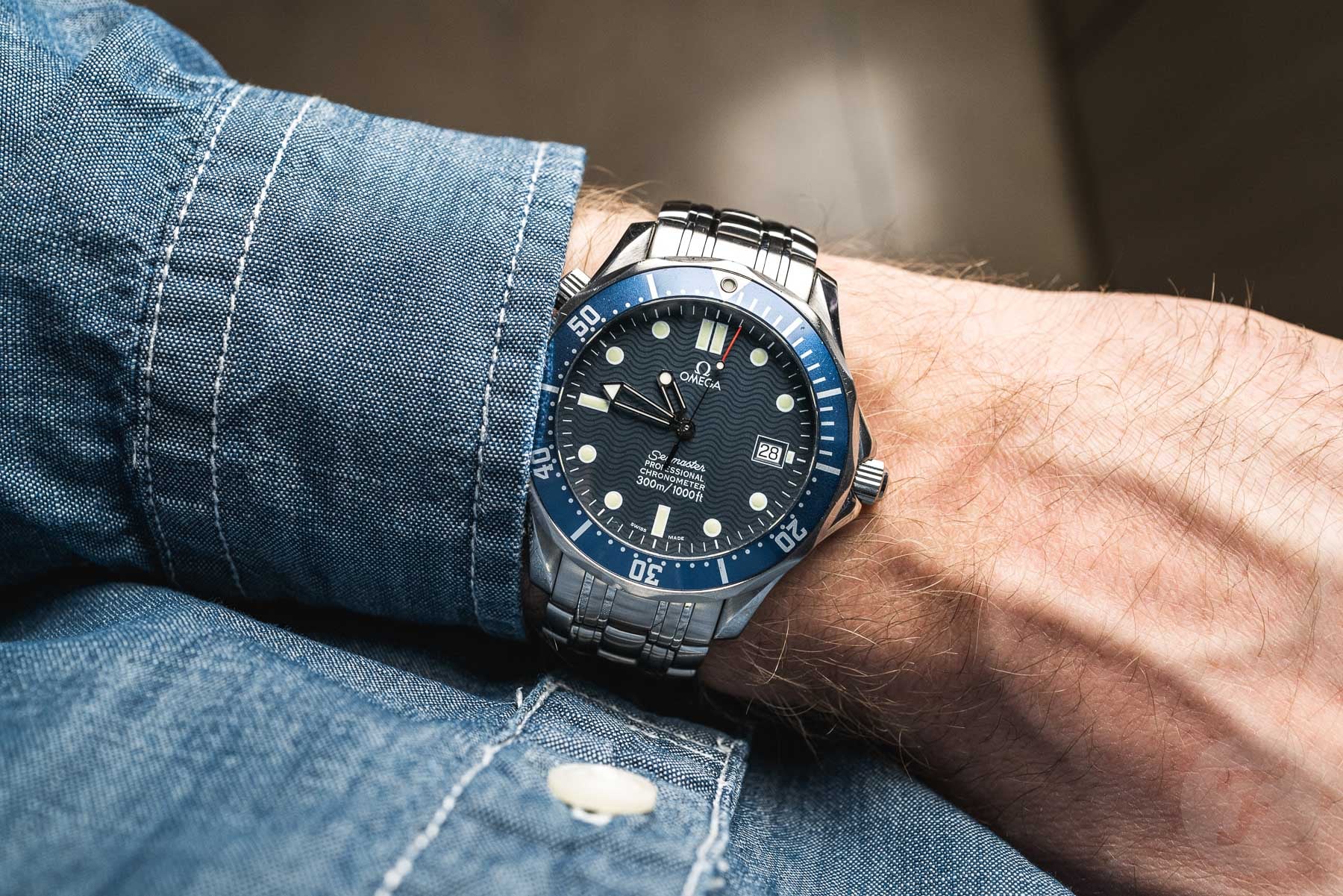Could The 1990s Inspire The Next Cycle Of Watch Fashion?
The 1990s were a period of significant change in the watch industry. Those years were very much a time of realignment and ongoing recovery after the crippling Quartz Crisis two decades earlier. Today, we’re looking at 1990s watches and design principles from that era to consider whether they could inspire the next trends in the watch industry.
Is it just me, or do the ’90s not seem like all that long ago? It’s crazy to think that they were between 26 and 35 years ago now! So you could indeed say a fair bit of time has passed since then. Over the years, tastes have changed considerably. One need only look at the design of the cars, the fashion, and, of course, the watches to realize this. Over the last 10 years or so, though, we have seen a craze for heritage design dominating the watch world, with a strong focus on designs from the 1950s right through to the 1970s in particular.
Is it time for a 1990s comeback?
More recently, we have also seen it start to veer towards the 1980s again (I’m looking at you, two-tone Rolex Explorer). The 1980s are more in vogue these days, and we need only remember the Kith × TAG Heuer Formula 1 collaboration to recognize this. But what about the 1990s? Is there anything to the notion that the decade could inspire the next phase of watch reissues?
At Watches and Wonders 2025, we saw Tudor unveil a new Black Bay 58, which took inspiration from a never-released Tudor Submariner from the 1990s. That Tudor Submariner prototype would have featured a red dial and bezel. Could this be the rumblings of brands increasingly taking notice of their 1990s back catalogs? Only time will tell.
Did 1990s watches have a clearly defined look?
If you look at watches from between 1990 and 1999, you’ll probably find that they’re not as clearly “of their time” as watches from the 1970s or 1980s are. When we think of the 1970s, for example, we think of sports watches with integrated bracelets. When thinking of the 1980s, what comes to mind, at least for me, is something in two-tone or, perhaps, blocky shapes. By saying “blocky shapes,” I am referring to watches like the Aubry-era Doxa Sub 600T. The 1950s and 1960s were also periods of great, innovative watch design. Perhaps there wasn’t as clear a theme to either decade, except that each was committed to breaking (or expanding) boundaries in exploration and science or aesthetics and design.
Perhaps one of the most iconic watch designs from the 1990s has to be the Omega Seamaster 300M. It marked a completely new look for the Seamaster, reflecting a more avant-garde approach. It made its first significant cultural appearance in the 1995 James Bond film GoldenEye, starring Pierce Brosnan as the eponymous Bond. The watch — a quartz Seamaster 300M ref. 2541.80.00 — had skeletonized hands and a scalloped bezel, traits that have come to signify the modern Seamaster 300M line. The watch’s bracelet had a very 1990s style as well. Did the 1990s have one easily recognizable look? The short answer is “no” since there was no single watch that set the standard for the decade. But I would argue that the Omega Seamaster 300M comes about as close as any watch can to fulfilling that objective.
A decade of both experimentation and a return to classic hits
Brands had very different approaches to watch design in the 1990s. Let’s start with Tudor, for example. It started to diverge from Rolex and go down an avant-garde path, releasing bolder (and some would argue less elegant) designs than the core catalog of Tudor Submariner and Oyster models. Releases included watches like the Prince Date “Tiger” Chronograph and the somewhat Submariner-like Hydronaut. This showed the brand’s muddled attempt to get out of the shadow of Rolex as it faced being relegated to the status of an airport watch brand. Unfortunately, these model lines did not see as much success as Tudor may have wished, and the brand continued to fade into the shadow of Rolex during the 1990s.
There are still some great bargains to find by looking through this era of Tudor watches. The designs remain divisive, but there is something about the Hydronaut, in particular, that I am fond of. The Hydronaut debuted in 1998/99, so it just scrapes by as a 1990s watch, but I feel that many of its design tropes are broadly representative of that era. The sort of “fugly” nature of the design is not too dissimilar to the Omega Seamasters from the time. Tudor’s experimentation endured into the 2000s and ultimately failed (with these particular model lines). Arguably, it was Tudor’s return to classical 1950s designs (the Black Bay) that secured the brand’s current success.
IWC’s second golden age
The 1990s were great years for IWC Schaffhausen. In fact, it’s not uncommon for enthusiasts to call this the brand’s second golden age. IWC’s designs were very much about returning to classic hits. The Mark XII and XV were, essentially, technically upgraded versions of the Mark 11 pilot’s watch. The Pilot’s Chronograph ref. 3706 Pilot’s Chronograph was similar in design language. Ditto for the ref. 3705 chronograph in ceramic, an impressive feat for the time. The Big Pilot ref. 5002 from 2002 was where the brand went a little more avant-garde in its design decisions. Featuring a power reserve indicator on the dial and decisively modern specifications, it was a bold piece of engineering for the new millennium.
IWC enthusiasts note that the designs that came from the Schaffhausen watchmaker in the 1990s seemed particularly bold and strong. This partly has to do with the fact that they closely resembled instrumentation. They lacked ostentatious airs and were cool alternatives to Rolex watches, which were seen as conservative options. It’s not uncommon to hear that the IWC in the 1990s was seen as the anti-Rolex option for a discerning buyer. But herein lies the problem: because IWC was leaning into its historic design language, I don’t think it’s fair to say that the looks of its tool watches were specifically “1990s.” However, the spirit of the decade — doubling down on mechanical watches after the Quartz Crisis — was on proud display.
Seiko built on its dive-watch successes
Seiko did a great job of expanding the options for mechanical dive watches during the 1990s. The renowned SKX series debuted in that decade and paved the way for “watch culture” as we understand it today. By supplying robust, water-resistant, and trusty mechanical watches at price points many could afford, Seiko (and Citizen) greatly supported the overall exposure to and appreciation of mechanical timekeeping in the 1990s. I think it would even be fair to say that these Japanese brands punched above their weight in keeping mechanical watch culture not just alive but thriving in the 1990s.
Once again, though, we face a bit of a dilemma here. Was the SKX007, for example, what we would consider a definitive 1990s design? I’m not so sure. The case and handset showed clear influences from the Seiko dive watches that preceded it. The SKX, then, was an evolution, not a revolution, in watch design. It was an enduring reference that would go on to earn the love and support of countless enthusiasts and “normal” watch wearers alike. Of all the 1990s watches, perhaps it was this one that helped solidify the future of mechanical timekeeping the most.
Will 1990s watches influence trends in the coming years?
There is so much more that could be explored and written about concerning this topic. I think it’s hard to pin down what the “1990s look” was exactly. This makes for an intriguing opportunity for brands to revisit their classics from this era. Why? Because many brands approached things differently in that decade. Some looked back, while others looked forward.
But what do you think, Fratelli? What would you consider to be an iconic 1990s watch design and why? And what “distinctly 1990s” design should we see return to modern watchmaking? I look forward to reading your suggestions in the comments.


